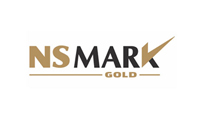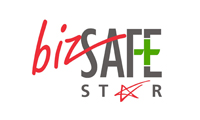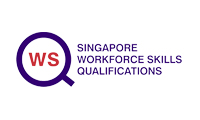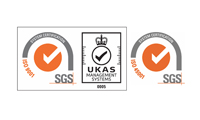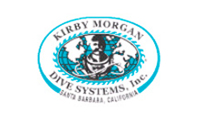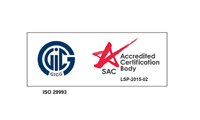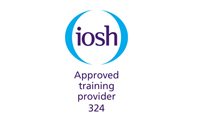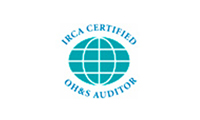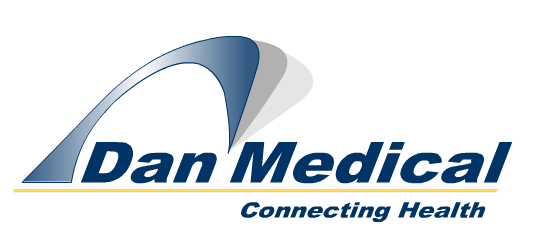About this course
The qualification deliberately looks at general workplace issues so that is can be applied in the many different sectors in which health and safety professionals may work.
On completion of the qualification, learners will be able to:
- advise on the types of legislation likely to apply, the relevance of ILO and non-government bodies’ guidance and possible enforcement actions
- identify and effectively communicate relevant health and safety information
- advise on a range of common workplace health and safety issues including how these can be assessed, controlled and monitored
- develop a health and safety policy strategy (including proactive safety, Corporate Social Responsibility and the change management process)
- contribute to a risk management strategy
- promote a positive health and safety culture
- develop and audit health and safety management system
- maintain individual and organisational health and safety competence
- manage contractors and supply chains to ensure compliance with health and safety standards.
Length of Course
The qualification requires a minimum of 185 taught hours plus 144 recommended self-study hours and 80 assessment hours.
Assessment and Certification
The qualification units are assessed in the following way:
DI1 – Know – workplace health and safety principles
Method of Assessment: Assignment – workplace-based tasks together with simulations and reflective statements and a research topic
DI2 – Do – controlling workplace health issues
Method of Assessment: Scenario-based case study
DI3 – Do – controlling workplace safety issues
Method of Assessment: Scenario-based case study
Each assessment is a substantial undertaking. We anticipate that it will take learners around 40 hours to complete the DI1 assignment and 20 hours each for the DI2 and DI3 case studies. The time-period given for you to complete each assessment reflects this:
Unit DI1: 4 weeks (20 working days)
Unit DI2: 2 weeks (10 working days)
Unit DI3: 2 weeks (10 working days)
All assessments will be checked via Turnitin plagiarism software and learners will be required to have a closing interview with after each assessment.
Minimum Entry Requirements
There are no mandatory qualification entry requirements but it is strongly recommended learners have undertaken the NEBOSH General Certificate in Occupational Health and Safety. The syllabus assumes that learners will have this level of prior learning.
It is important that learners have a suitable standard of English language in order to understand and articulate the concepts contained in the syllabus. NEBOSH recommends that learners undertaking this qualification should reach a minimum standard of English equivalent to an International English Language Testing System (IELTS) score of 7.0 (Cambridge English scale score of 185) or higher in IELTS tests.
Minimum Age: 18 years old
Recommended Academic Level: Recommended to have undertaken the NEBOSH General Certificate in Occupational Health and Safety or equivalent health and safety qualifications (e.g. WSQ Advanced Certificate in Workplace Safety and Health (Level B) or, WSQ Specialist Diploma in Workplace Safety and Health (Level C) or similar)
Language Proficiency: an IELTS score of 7.0 (Cambridge English scale score of 185) or
at least a Candidate who have secured a C1 Advanced grade C, having scored between 180 and 192 on the Cambridge English Scale.
Professional Recognition and SQA Accreditation
- Board of Canadian Registered Safety Professionals (BCRSP)
Holders of the NEBOSH National Diploma for Occupational Health and Safety Management Professionals will now be eligible for certification as a Canadian Registered Safety Technician (CRST) upon completion of the CRST examination.
For those with greater workplace experience and additional qualifications, the BCRSP is offering a streamlined route to Canadian Registered Safety Professional (CRSP) certification for people with a NEBOSH National or International Diploma in Occupational Health and Safety. Read more on the BCRSP website.
- South African Institute of Occupational Safety and Health (Saiosh)
Members of the Saiosh can now upgrade from Technical membership (TechSaiosh) to Graduate Membership (GradSaiosh) using the NEBOSH International Diploma for Occupational Health and Safety Management Professionals to meet the membership level’s academic requirements.
- Board of Certified Safety Professionals (BCSP)
The International Diploma for Occupational Health and Safety Management Professionals is recognized as a Qualified Equivalent Program (QEP) by the Board of Certified Safety Professionals (BCSP), meeting the qualified credential requirement for the Certified Safety Professional (CSP) certification.
Applications must be made within one year of achieving the Diploma; download the application instructions. For more information on the BCSP and the Transitional Safety Practitioner (TSP) designation, please download the Benefits of Becoming a TSP document, or visit the BCSP website.
- Institution of Occupational Safety and Health (IOSH)
This qualification is now accredited by Ofqual and, following changes to IOSH’s accreditation criteria, we re-applied for IOSH recognition. We can confirm that the NEBOSH Level 6 National and International Diplomas meet the academic requirements to apply for IOSH membership at the appropriate grade. Please see full information on the recent changes and how this applies to learners at different stages of their studies: Diploma Recognition Update.
- Ofqual Accreditation
The NEBOSH Level 6 International Diploma for Occupational Health and Safety Management Professionals (2023 specification) has been accredited and credit rated by Ofqual at RQF Level 6 with 42 credits.
- SQA Accreditation
The NEBOSH International Diploma for Occupational Health and Safety Management Professionals (2020 specification) has been accredited and credit rated by the Scottish Qualifications Authority (SQA) Accreditation at SCQF Level 10 with 48 SCQF credit points.
SCQF Level 10 is comparable to RQF/CQFW Level 6 in England, Wales and Northern Ireland.

